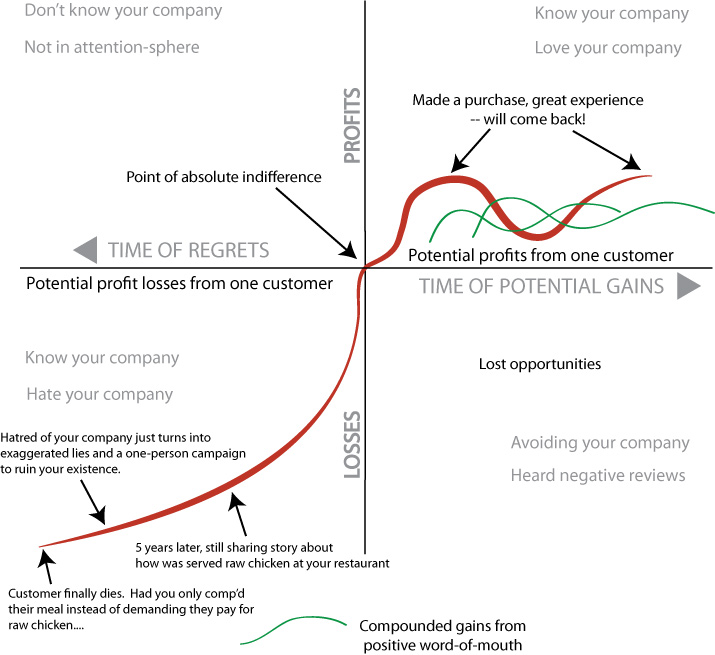Are you really achieving your true potential?
Your company might be doing great, business wise, but something feels off. The fact is, as a business owner, you can’t do it all. You might feel you are missing opportunities to increase profits or make needed improvements, perhaps you know what you need but are perplexed how to get there with your current resources and work force. Perhaps you need someone with a fresh perspective, you need an “agent of change” for the improvements you believe your company needs to make to stay competitive.
We’re not about taking credit, we’re about reallocating and repositioning your current resources and helping you find the gaps to help you fill things in — all while positively influencing your current loyal employee base. You may have a great team around you, but being inside the bubble tends to skew their perspective and you find they all get caught up in their tasks and creativity has probably waned. Perhaps worse, as someone with absolute power of your organization, you unintentionally have created an army of “yes men” who never seem to disagree with you or challenge your ideas — to the detriment of your future growth. After all, if no new ideas are presented or considered, chances are opportunities for future business growth died after the first “oh, you’re new here, just do what the boss says, he’s always right.”
Are you burdening your most talented with menial tasks?
Sometimes, a company’s best ideas come from an outsider asking questions and mixing with the existing leaders in its organization. How can one expect new ideas and positive change to come from within when an organization’s most talented and passionate are burdened with multiple responsibilities and “pick up the slack” ad hoc jobs while a large segment of the workforce seems lulled into a culture of complacency? You know, the ones who seem to just be happy to continue “business as usual” even when “usual” means “mediocre” and few good ideas?
It’s always the same — management thinks many of their complacent employees just lack the inspiration and motivation but the employees believe they lack the incentives. Sounds like a communication gap, and by the way, communication is a vital part of leadership’s responsibility. So, if you want to blame your company’s “culture of complacency” on your veteran workforce, as the leader of your organization, you just might be in denial. What systems and policies do you have in place that may have enabled and compounded this complacency? And why was mediocrity ever tolerated before? These are tough questions, but realize it is not that most of your employees lack potential, or the will or talent, it is probably a lack of communication and your inability or unwillingness to incentivize to motivate your workforce positively.
“Cheap luxury” – an oxymoron
On more than one occasion I have also met CEOs or top managers of high-end luxury car dealerships, jewelry stores, and other high-end luxury companies who are very successful in business. They expect to sell their products at luxury prices, but some are notoriously cheap employers. It can turn into a PR nightmare when word gets out that they expect consumers to pay a premium for quality but they don’t recognize or appreciate the value of quality provided to them. They think they’re being shrewd businessmen, but what they’re actually buying is a parity in production output for what they’re paying, then they later wonder why their workforce is complacent. The God complex is alive and well in corporate America, a product of today’s entitlement “Me” culture and the seeping of such Antionnette hypocrisy riddled throughout society from government and their corporate bedfellows to public unions practicing their form of arrogance fueled by ignorance.
Agents of change (the good kind)
Even while your competitors might be looking for new inspiration and creative, fresh ideas, you might feel like there are just too many people in your organization stuck in a rut to move forward. I personally have been part of incredible metamorphoses in different organizations and understood how to set goals and motivate a team to transform into a better, more efficient, more effective company.
Micromanagers who operate in the macro seem to stifle innovation and creative new ideas most. If you are a micromanager in a high level leadership role and you are not willing to admit your own contribution in the very complaints you have about your workforce and if you are not willing to change yourself, go find a consulting firm that will tell you what you want to hear, we’re not interested in being part of an initiative doomed for failure while wasting each others’ time. This kind of leader always knows best, so they would never need us. They lack the vision and understanding that future potential opportunities lost can never be measured and their egos will overshadow their ability to see this reality.


